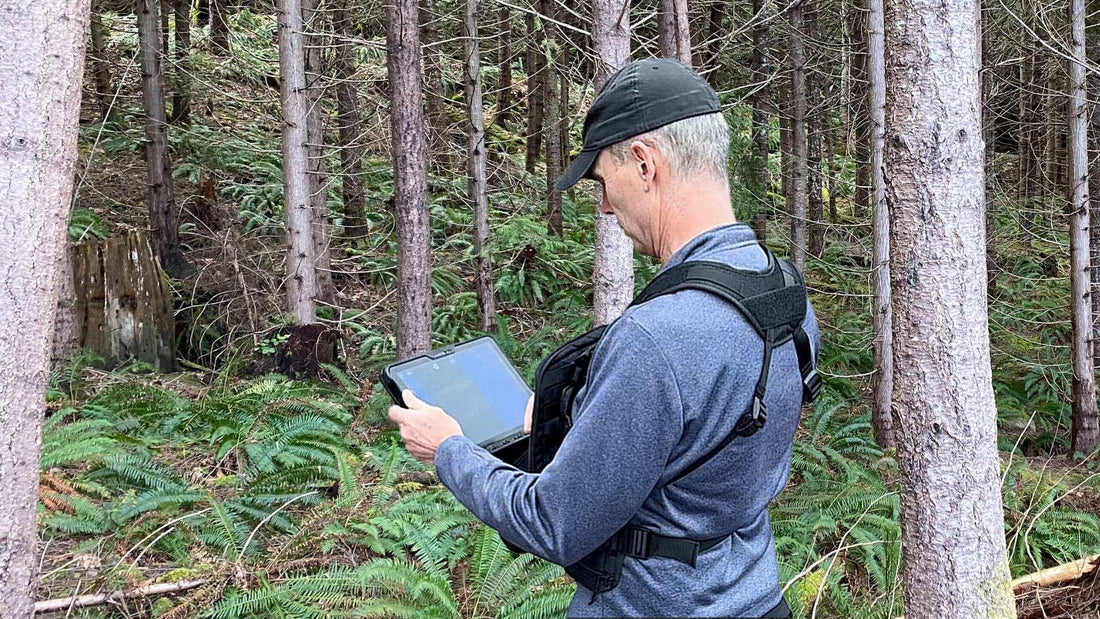
How Field Crews Actually Use Tablets—And Why It's Causing Long-Term Damage
In construction sites, energy fields, and inspection zones across the U.S., tablets have become the go-to tool for modern field crews. They enable real-time communication, mapping, checklists, and data capture. But despite their widespread use, there's a serious—and often overlooked—problem: how these tablets are being carried and used is putting workers at risk for long-term ergonomic damage.
Walk onto any active site and you’ll likely see workers holding tablets in one hand while writing or navigating with the other, slinging them over their shoulders in awkward messenger bags, or clipping them to belts in a way that causes twisting and overreaching. These improvised solutions may seem harmless at first glance, but they’re contributing to chronic shoulder tension, neck strain, wrist discomfort, and postural misalignment—especially during long shifts or repeated tasks.
The issue is not simply discomfort—it’s productivity loss and increased injury risk. According to OSHA and several workplace ergonomics studies, repetitive strain injuries (RSIs) cost industries millions annually in time off, workers’ compensation claims, and decreased output. Prolonged handheld use forces one arm into a static position while the neck remains bent to view the screen. Over time, this posture leads to musculoskeletal issues, affecting not just the individual, but also the overall safety and efficiency of field teams.
At Fitek Gear, we’ve worked closely with field professionals to understand these pain points, and what we’ve found is clear: workers need hands-free, balanced tablet-carry systems that allow full functionality without sacrificing posture. Our Ruxton Tablet Harness is designed to solve this exact issue. It stabilizes the device at chest level, allows for one- or two-handed use, and evenly distributes weight across the shoulders and torso—eliminating the strain caused by single-point carry methods like neck slings or side holsters.
We’ve seen the difference firsthand. In side-by-side comparisons, field users consistently prefer our harnesses over sling bags or handheld setups—not just for comfort, but for increased task efficiency and freedom of movement. Supervisors report fewer complaints, and safety officers appreciate the reduction in ergonomic red flags.
